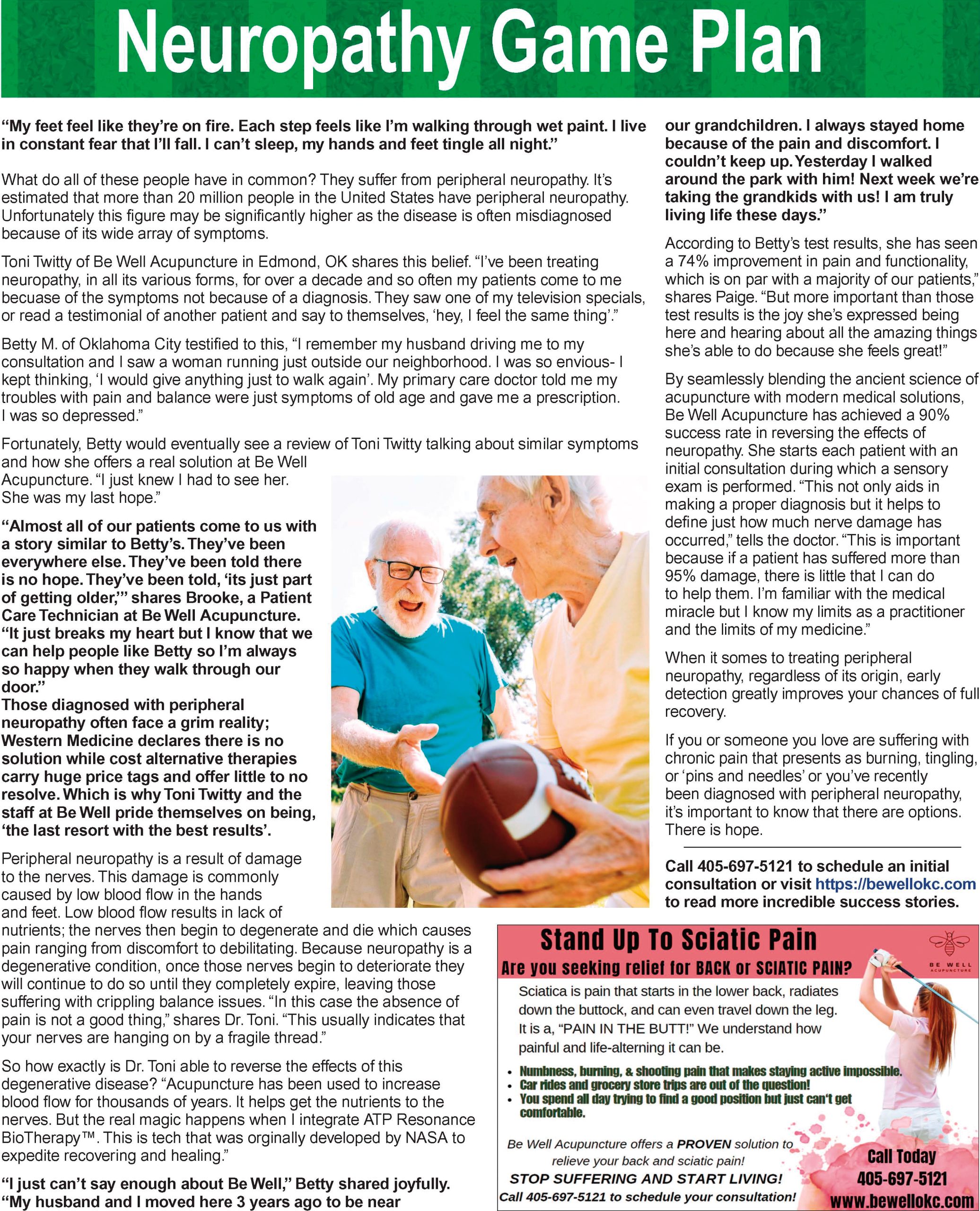Dear Savvy Senior, What are the early signs and symptoms of diabetes? I’m 60 years old, and in pretty good shape, but was just diagnosed with type 2 diabetes. What did I miss? Diabetic Dan
Dear Dan,
The signs and symptoms of type 2 diabetes can be so mild that many people miss them. That’s why testing is so important. Here’s what you should know.
According to the Centers for Disease Control and Prevention more than 38 million Americans have diabetes today, and another 97 million have prediabetes, but many of them don’t even know they have it.
Type 2 diabetes is a disease that develops slowly over decades. Most people have prediabetes for a long time before the disease becomes full-blown diabetes, and even then, it progresses gradually.
Diabetes occurs when your blood glucose, also called blood sugar, is too high. This excess blood sugar damages blood vessels and affects circulation, putting you at risk for a host of ailments, from heart attack and stroke to blindness, kidney failure and nerve damage.
Signs and Symptoms
So how can you tell if you have diabetes? The earliest signs, which are usually subtle, including urinating more frequently (often at night), being thirster and hungrier than usual, weight loss without trying, feeling very tired, having dry itchy skin and blurry vision.
And the symptoms that can indicate advanced diabetes and long-term damage has occurred includes cuts or sores that heal slowly, having more infections than usual, and pain or numbness in your feet or legs.
Who Should Get Tested?
Because prediabetes typically causes no outward symptoms, and the signs of early type 2 diabetes can easily be missed, the only way to know for sure if you have it is to get a blood test.
Everyone age 45 years or older should consider getting tested for diabetes, especially if you are overweight with a body mass index (BMI) above 25. See https://www.cdc.gov/bmi to calculate your BMI.
If you are younger than 45 but are overweight, or have high blood pressure, a family history of diabetes, or belong to an ethnic group (Latino, Asian, African or Native American) at high risk for diabetes, you should get checked too.
To help you determine your risk for diabetes, the American Diabetes Association (ADA) has a quick, online risk test you can take for free at https://diabetes.org/diabetes-risk-test.
Diabetes Tests
There are three different tests your doctor can give you to diagnosis diabetes. The most common is the “fasting plasma glucose test,” which requires an eight-hour fast before you take it. There’s also the “oral glucose tolerance test” to see how your body processes sugar, and the “hemoglobin A1C test” that measures your average blood sugar over the past three months. It can be taken anytime regardless of when you ate.
Most private health insurance plans and Medicare cover diabetes tests, however, if you’re reluctant to visit your doctor to get tested, an alternative is to go to the drug store, buy a blood glucose meter and test yourself at home. They cost around $20.
If you find that you are prediabetic or diabetic, you need to see your doctor to develop a plan to get it under control. In many cases lifestyle changes like losing weight, exercising, eating a healthy diet and cutting back on carbohydrates may be all you need to do to get your diabetes under control. For others who need more help, many medications are available.
For more information on diabetes and prediabetes or to find help, join a lifestyle change program recognized by the CDC (https://www.cdc.gov/diabetes-prevention). These programs offer in-person and online classes in more than 1,500 locations throughout the U.S.
Send your senior questions to: Savvy Senior, P.O. Box 5443, Norman, OK 73070, or visit https://savvysenior.org. Jim Miller is a contributor to the NBC Today show and author of “The Savvy Senior” book.















